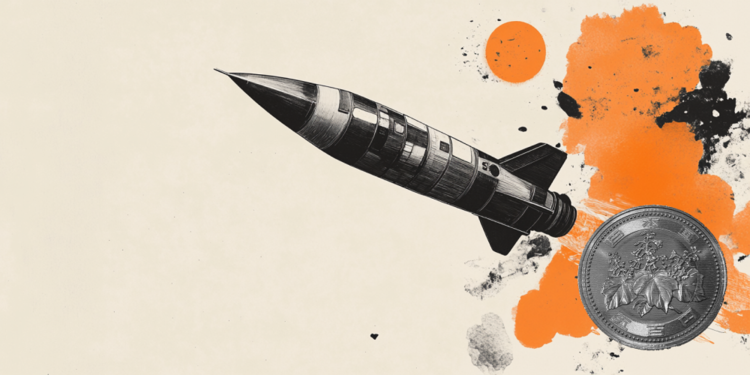Best Investing Apps of January 2025

Call. If you believe the price of a stock will go up by the expiry date, you buy a call option contract. This gives you the right to buy shares at the strike price. If the share price is higher than the strike price, either buy the shares at a discount when the contract expires or buy and immediately sell the option for a profit.
Put. If you think the price of a stock will go down by the expiry date, buy a put option contract. This gives you the right to sell the shares at the strike price. If the share price drops below the strike price, you could buy shares at market price and sell them at the strike price.
Example: Company Y is trading at $20 per share on January 1st and you can buy a six-month options contract with a strike price of $20 and a premium of $5 per share.
If you expect the market price of the share to reach $25 — the strike price plus premium — or higher by the expiry date, buy a call option. Since this contract gives you the right to purchase the stock at the strike price, you could either sell the contract for a profit or purchase shares at below market value.
However, if you expect the market price of the share to drop to $15 — strike price minus premium, or below — by the expiry date, buy a put option. This contract gives you the right to sell shares at the strike price, meaning you could either sell your contract for a profit or purchase the shares at market value and sell them for more than you paid.




